Coloring Your Saxophone Tone: Tips for Achieving a Variety of Sounds by Chris Madsen
Date Posted: May 05, 2016
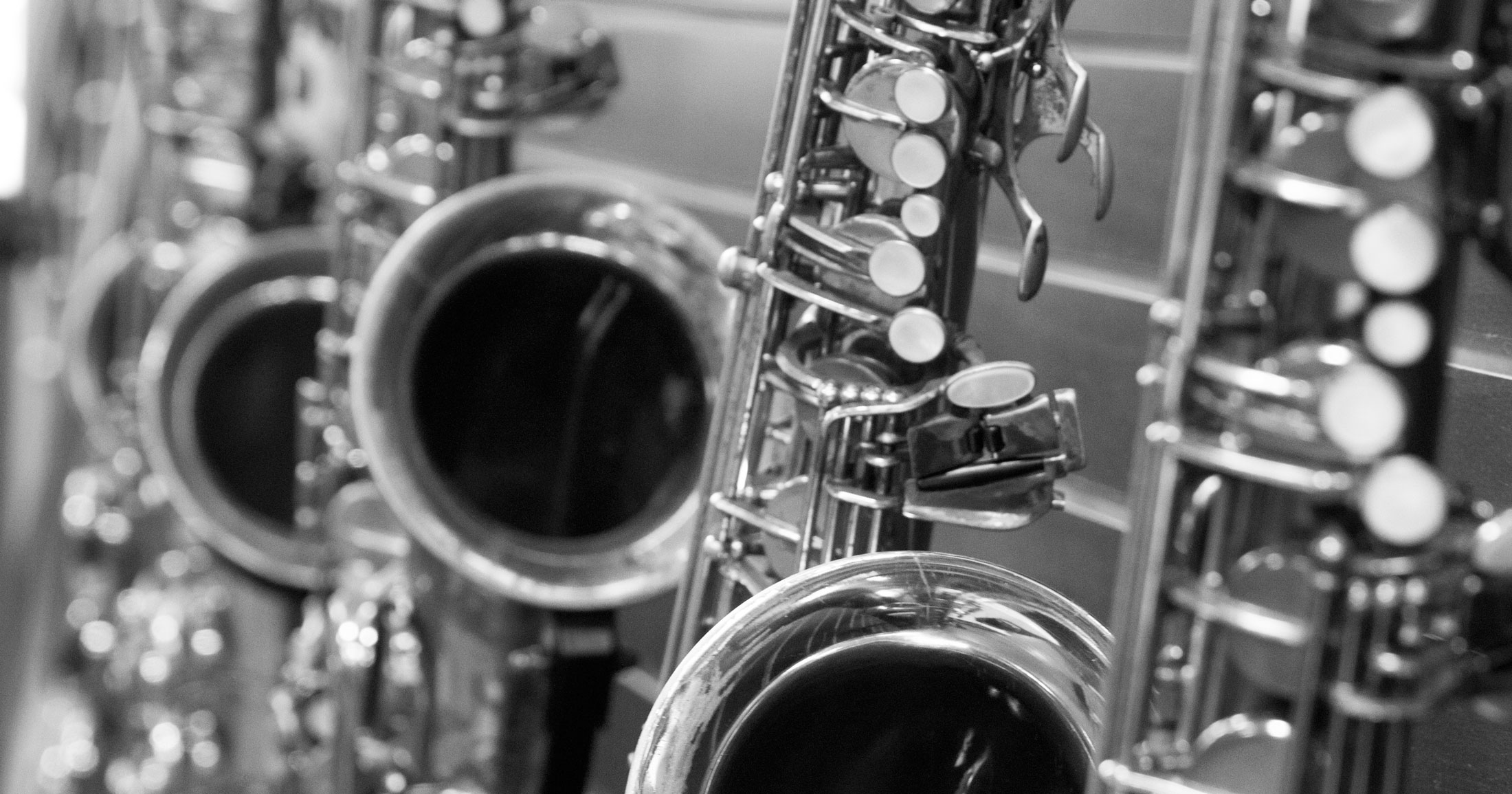
As saxophonists, a lot is required of us on different bandstands. We spend hours cultivating our “jazz tones," but what sounds great in a soft duet won’t cut through on an R&B or pop gig.
Within the jazz realm: a brighter, high-end Coltrane-inspired tone won’t be appropriate for playing swing-era music or in a “trad” jazz scenario. Not playing the gig correctly can be detrimental to future work, not to mention unmusical!
What is the solution?
Switch mouthpiece and reed combinations for every gig we play?
Or even worse, switch during the gig itself between different styles of tunes?
I have tried both of these approaches, and, although effective, are ultimately tiresome and unnecessary. Through manipulation of airstream, embouchure, and tongue placement, a saxophonist can learn to drastically alter their sound to fit whatever situation they find themselves in.
The following will address two issues:
- Changing your sound to fit the style of the music
- Transcribing more effectively to deepen your personal approach to jazz saxophone playing
We learn by emulating
I will address the varying sounds of four saxophonists and what oral changes I personally make to imitate them. Keep in mind that everyone’s biology is different and what works for me will not necessarily work for others.
While I’m addressing mostly embouchure in this article, remember that phrasing, vibrato, etc. are equally important for transcribers to fully embrace the styles of different saxophonists.
Don Byas
- classic “subtone”
- overbite, minimal mouthpiece enters mouth
- back of tongue is positioned high in throat
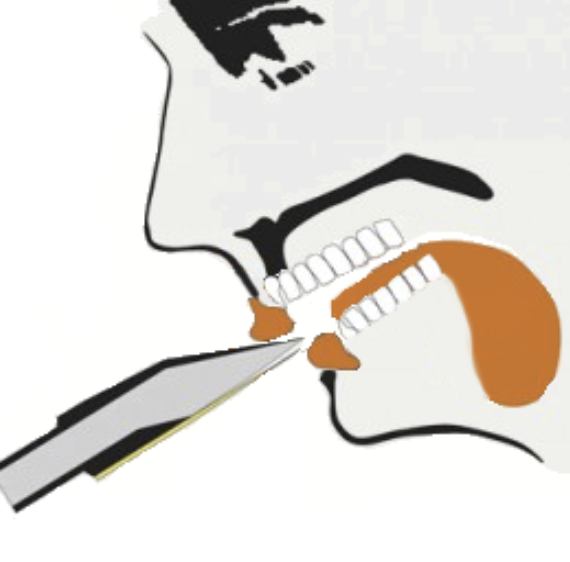
“Riffin’ and Jivin’” (1944)
Stan Getz
- open-throated
- “golf ball in the mouth” feeling
- bottom jaw fluid as always, but much less overbite
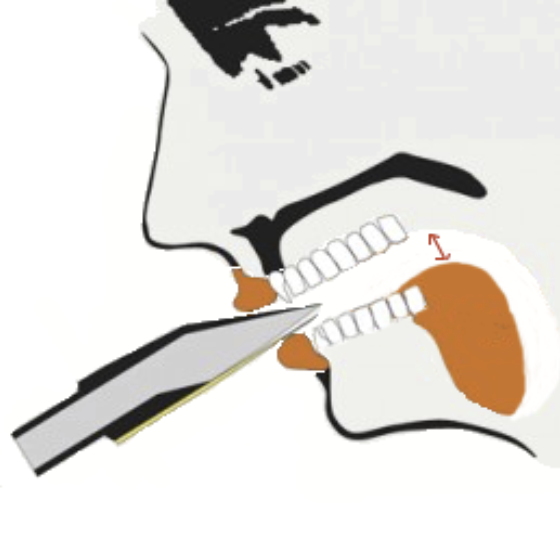
“Early Autumn” (1948) solo at 2:05
John Coltrane
- air flow centered
- oral cavity open
- more mouthpiece in mouth
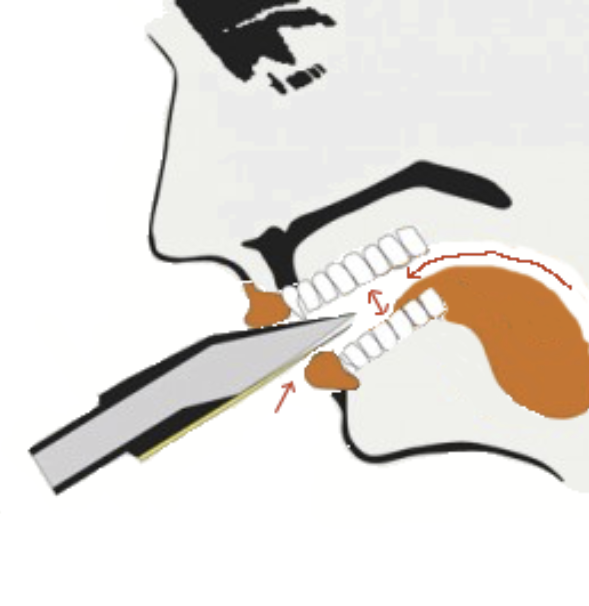
“Crescent” (1964)
Michael Brecker
- laser-beam airflow
- small oral cavity
- no sub tone
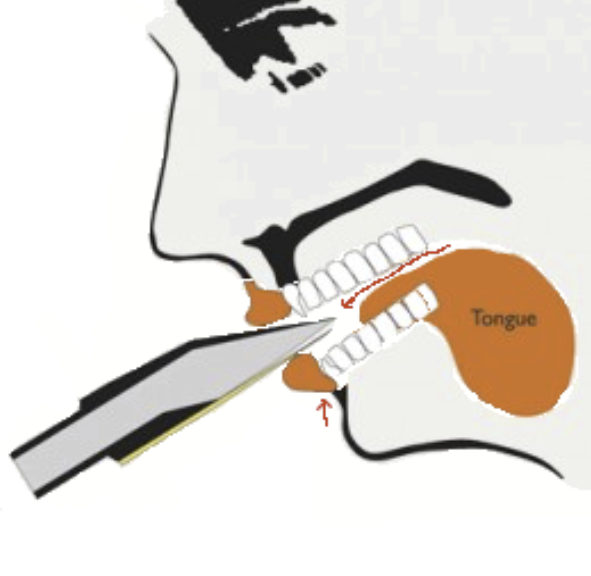
Originally presented at the 2016 Jazz Education Network Conference